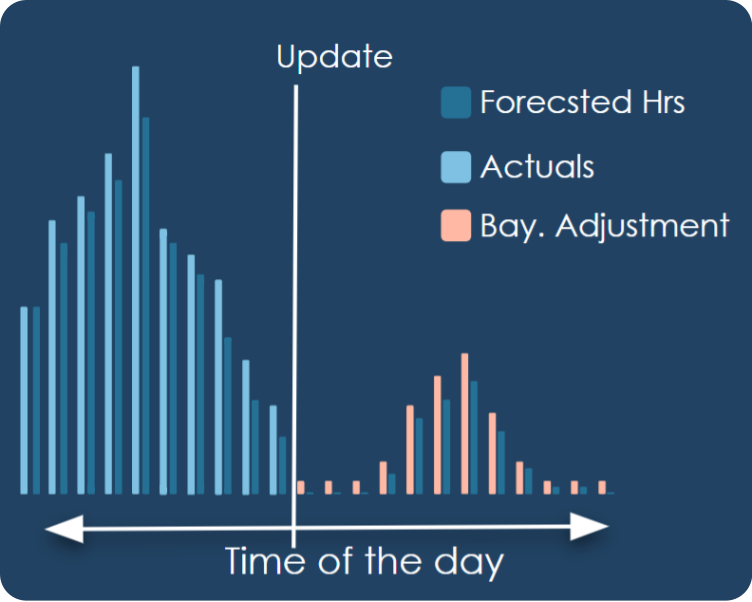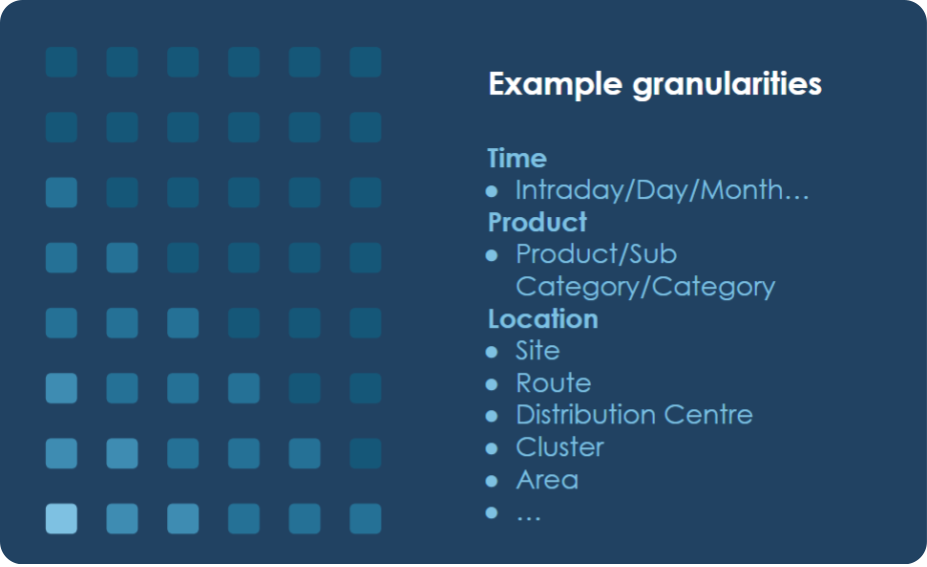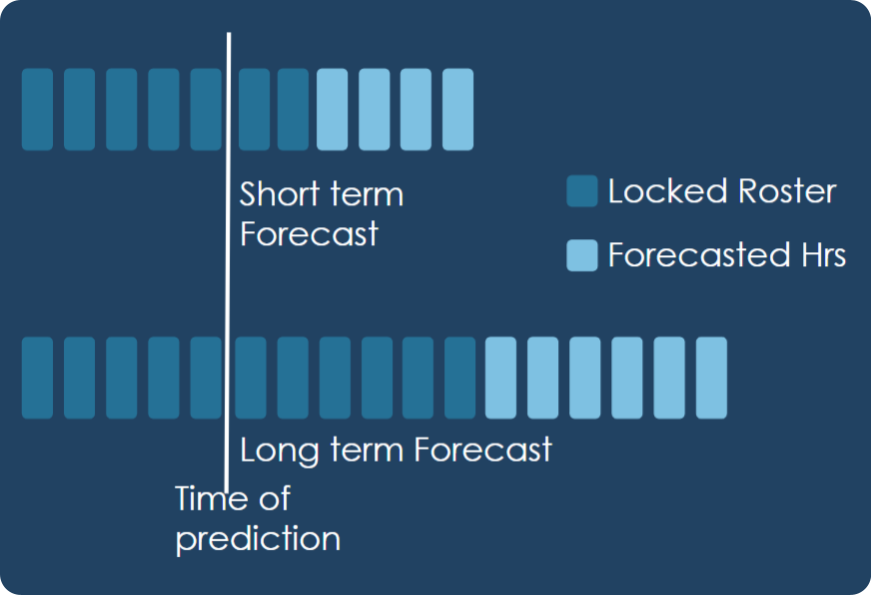The Role of Forecasting in Workforce Optimisation
Fri Mar 21 2025
Author
Alok Joshi
Forecasting your sales is often the first and most important step in planning out labour requirements in retail and manufacturing. The more the sales, the more inventory to manage and the more service that must be provided to customers to have a positive experience. It’s a double edged sword though, under forecast and risk not having enough people to move stock around your network or in store to keep high availability, or overforecast and erode your margins with cost to serve over runs - direct impacts to EBIT and profitability.
There are a number of considerations for a “good forecast” in labour planning to optimise these operational decisions, and these depend heavily on which part of the roster planning process you are in. Let’s look at what you may need from a forecast at the different planning phases:
Immediate Phase
Consider sudden changes to rosters due to unforeseen circumstances (e.g. sick leave, disruptions, demand surges)
Constrained vs Unconstrained
In these situations, the concept of constrained vs unconstrained forecasts become very important, and you should be forecasting for both! Unconstrained forecasts predict “true demand” - this is the customer demand regardless of whether products are available or not. Useful as the starting point for order planning / replenishment, but not accurate for immediate changes needed for roster configuration. This is where the constrained forecast comes into play. The constrained forecast factors in the stock that is actually available to serve, what is actually ordered or delivered to stores so that the labour is planned around the inventory. If someone calls in sick, do you need to roster a replacement? Can you ask someone to stay overtime? Or given the (constrained) forecasted sales is low, maybe your current roster can cover the load?

Intra-Day Forecasts
Perhaps you need to know how many registers to keep open at different times of day, the optimal trading hours for specific departments or your store, maybe you need to align your labour to your anticipated deliveries - these are some examples, but whatever the use case maybe, a forecast that can breakdown into hourly predicted sales can be very useful to make the right decisions for planning out the day's roster.
Consider dealing with sudden demand surges in-day. Having an intra-day level forecast that can update itself within the day would be very useful to make any last minute calls to bring in additional help for the day. This is where having a forecast adjusted with Bayesian at different times of day can be the difference between angry and very satisfied customers. With Bayesian, as you receive more information about the day E.g. Updated sales, weather and traffic, the forecast can adjust accordingly, allowing you to make a much more informed decision to pick up that phone or not.

Short-term Phase
At 7 days to 6 weeks out from your roster, you may be still be making final adjustments to flex up or down according to the predicted sales,
Flexible Granularity
Granularity refers to the level of detail the forecast is predicting at. When you are in the short-term horizon, you maybe looking at detailed decisions for specific locations, therefore need a forecast that can provide predictions at location / department / day. Perhaps you have implemented your own labour standards, and need the forecast to adapt to the labour / skillset groups you have set up. The key to having this level of flexibility is to score at the lowest possible grain so it can be aggregated to the needed level - the caveat here is marrying that up with the associated cost, so think carefully about the requirement of the forecast for the decisions you are making.

Long-term Phase
At 6 months+ out, you may be planning out your next base roster. What your team profile will look like for your mix of full-time, part-time, contracting and casuals. You may want to make changes to the Week In Life Of (WILO) for certain roles to align with the anticipated demand.
Flexible Horizon
From day out, to week out, 6 months out, to a year and beyond, your forecast plays a critical role in planning at various phases and therefore needs to have the ability to have flexible horizons at different grains. Setting yearly targets may only be needed at by department by week level, but forecasted out for the entire year. Due to regulatory constraints, base rosters are generally only modified twice a year, therefore having a forecast that can help plan out for the changes needed into the base roster 9-12 months out gives plenty of lead time to any change management before rosters take effect.

Forecasting plays a role in a number of ways during the labour planning process. The forecast you use needs to be robust enough to handle multiple use cases within this cycle. jahanForeast has been built ground up with these use cases, as well as end-to-end value chain use cases in mind.
If you’d like to learn more about forecasting or want a demo of jahanForecast in action, reach out to us on info@jahan.ai.
demandForecasting
labourOptimisation
roster
workforceOptimisation